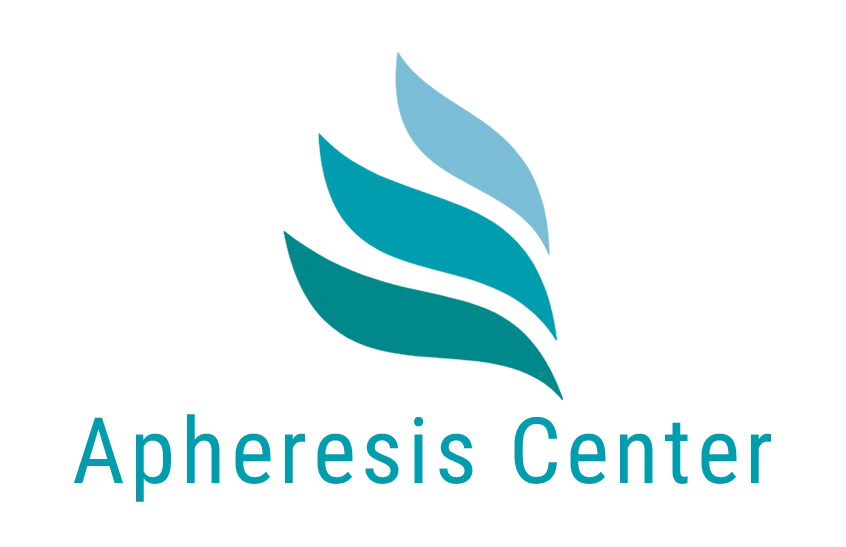Author: Tanja Walser
Long COVID continues to challenge patients and clinicians alike, with symptoms often linked to dysregulation of the autonomic nervous system (ANS). Many individuals report persistent fatigue, brain fog, dizziness, and difficulty regulating heart rate and blood pressure – signs of autonomic dysfunction, including postural orthostatic tachycardia syndrome (POTS) and vagus nerve impairment.
Supporting nervous system recovery is key to regaining function and improving quality of life. Here are five targeted strategies that can help recalibrate the ANS, promote neuroplasticity, and enhance resilience.
1. Resonant Breathing and Nervous System Regulation
Dysautonomia – common in Long COVID – can cause an overactive sympathetic nervous system (SNS) response, keeping the body in a chronic state of fight-or-flight. Breathwork techniques, particularly resonant breathing, help regulate the balance between the SNS and parasympathetic nervous system (PNS).
How to Practise Resonant Breathing:
- Inhale deeply through the nose for 4 seconds.
- Exhale slowly through the mouth for 6 seconds.
- Repeat for 5-10 minutes, twice a day.
This pattern optimises heart rate variability (HRV), a key marker of autonomic function, and signals the vagus nerve to shift the body into a state of rest and repair. Over time, this can improve symptoms such as dizziness, palpitations, and brain fog.
2. Vagus Nerve Stimulation (VNS) for Autonomic Balance
The vagus nerve plays a critical role in regulating the ANS, and vagal dysfunction is increasingly recognised in Long COVID patients. While clinical-grade vagus nerve stimulators exist, non-invasive methods can be practised at home to activate the vagal response.
Ways to Stimulate the Vagus Nerve:
- Gargling with water: Stimulates the muscles controlled by the vagus nerve.
- Humming or chanting: Activates vagal tone through vibrations in the throat.
- Cold water therapy: Splashing cold water on the face or taking a short cold shower can trigger the mammalian dive reflex, enhancing vagal activity.
- Acupuncture and auricular stimulation: Targeting vagus nerve points in the ear can support ANS regulation.
Incorporating vagus nerve stimulation into a daily routine supports improvements for symptoms like tachycardia, digestive dysfunction, and fatigue.
3. Mindfulness and Stress Reduction for Neuroplasticity
Chronic stress and dysregulation of the HPA axis (hypothalamic-pituitary-adrenal) are common in Long COVID. Mindfulness-based practices help retrain the nervous system, reducing overactivation of the stress response and fostering neuroplasticity.
Effective Mindfulness Strategies:
- Yoga Nidra (yogic sleep): A guided meditation practice that shifts the brain into a deeply restorative state.
- Progressive muscle relaxation (PMR): Systematically tensing and relaxing muscle groups to calm the nervous system.
- Somatic tracking: A technique used in pain reprocessing therapy (PRT) to observe sensations without fear, helping to rewire neural pathways associated with chronic symptoms.
Mindfulness is not just about relaxation – it actively reshapes neural circuits, supporting recovery from persistent neurological symptoms.
4. Sleep Optimisation for Nervous System Repair
Sleep disturbances in Long COVID, including unrefreshing sleep, insomnia, and altered circadian rhythms, impair neural repair and autonomic recovery. The nervous system relies on deep, restorative sleep for neuroplasticity and detoxification via the glymphatic system.
Ways to Improve Sleep Quality:
- Blue light blocking: Reduce screen exposure in the evening to support melatonin production.
- GABA-supporting nutrients: Magnesium, L-theanine, and glycine can promote relaxation.
- Sleep scheduling: Maintaining a consistent wake time strengthens circadian rhythms.
For those experiencing sleep disruptions due to dysautonomia, low-dose melatonin or valerian root may aid in re-establishing natural sleep patterns.
Healing the nervous system after Long COVID requires a multifaceted approach, targeting autonomic regulation, neuroplasticity, and cellular repair. While recovery timelines vary, consistently implementing these strategies can lead to gradual improvements.
Each individual’s path to recovery is unique, and tracking progress through symptom journals or HRV monitoring can be helpful. By supporting the nervous system with intentional strategies, Long COVID patients can take active steps toward healing and reclaiming their well-being.
Want to learn more about how our treatments can help you? Schedule a free consultation today!”
📅 Book a Call



Leave a Reply